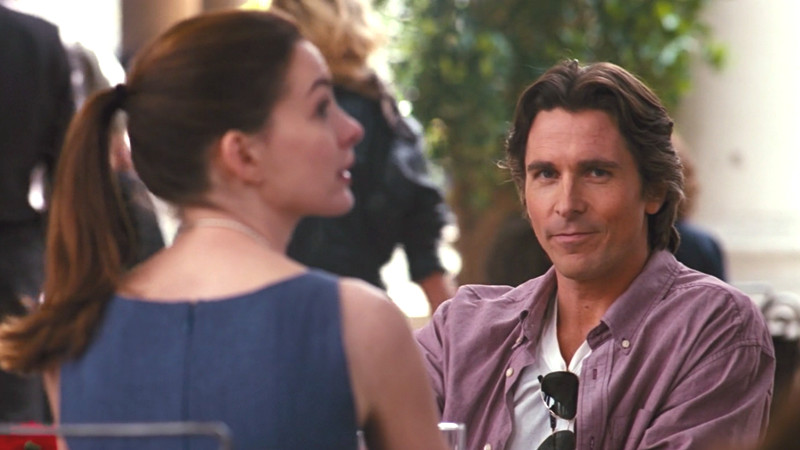
As F. Gary Gray’s Fast and Furious 8 passed the billion-dollar mark at the global box office, it became the thirtieth film to do so. This represents an opportunity to revisit the films that have reached this financial landmark, and question how many of them are deserving of such staggering takings.
A quick look at the titles will show that only two of the films are original features, all others are prequels, sequels or adaptations of some sort, whether that be of books, historical events, toys or theme park rides. In the eyes of the money men, this is reason enough for Hollywood to continue to churn out sequels and neglect original properties, as they are not as bankable and are deemed too risky.
Box office takings are accurate as of July 2017.
All film titles are UK release titles and therefore some films will be titled differently across the world.
30. Transformers: Dark of the Moon (2011)
Worldwide box office: $1.124bn

Sitting through one of Michael Bay’s Transformers films would, to many, sound as appealing as experiencing A Clockwork Orange’s Ludovico Treatment, and that would not be an exaggeration. His work with on franchise has been likened to an attempt to suck the soul out of cinema, and while it is true that the Transformers films are reprehensible orgies of mechanical sounds, horrific objectification and incomprehensible fights, the films take a staggering amount of money.
Ultimately, Hollywood relies on the takings of its biggest blockbusters, and so long as people flock to the cinema to see films such as these, they will only continue to be made.
29. Transformers: Age of Extinction (2014)
Worldwide box office: $1.104bn
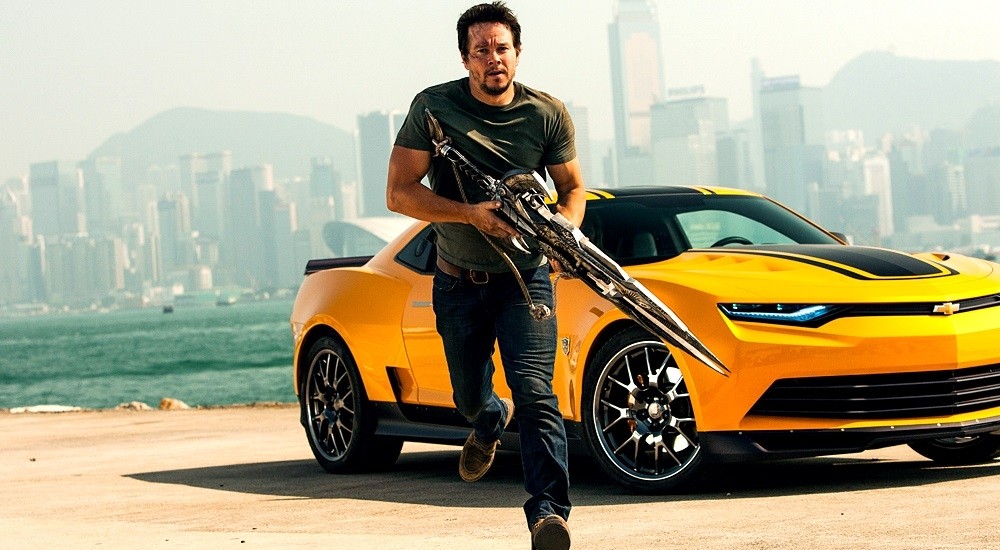
It would appear that Michael Bay’s idea of rejuvenating a franchise would be to replace the two lead stars, and add robot dinosaurs. Astonishingly, this worked to great financial success, the third act of the film relocating to China, either to appeal to the increasingly large revenue made from the region, or as a vital plot point- that decision can be left to the reader.
28. Pirates of the Caribbean: Dead Man’s Chest (2006)
Worldwide box office: $1.066bn
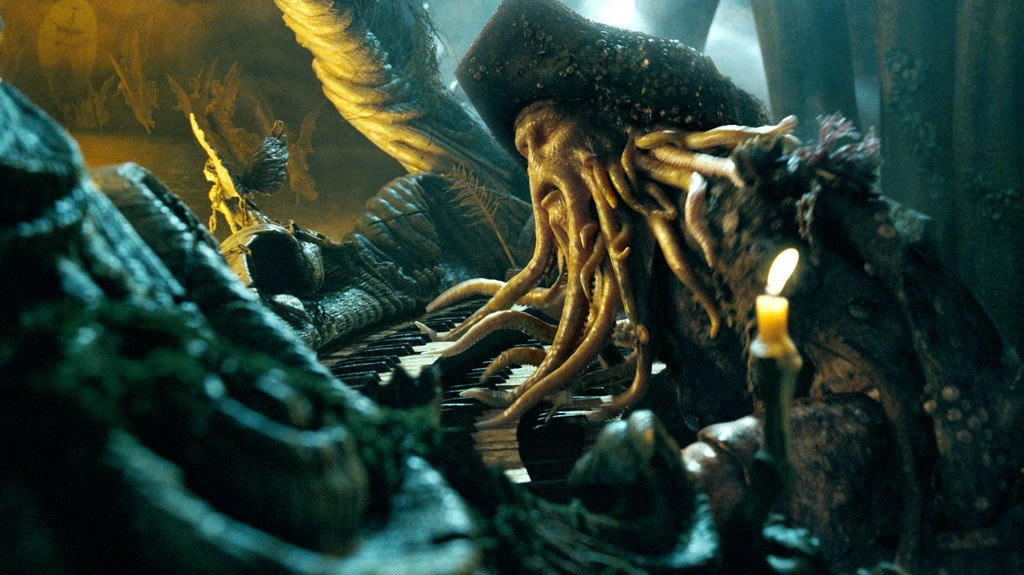
The reason that Pirates of the Caribbean: The Curse of the Black Pearl was such an enjoyable yarn was because the narrative was stripped down, the characters were entertaining despite the quality of the cast and the set pieces were, for the most part, highly commendable.
Dead Man’s Chest brought in more acting heft (Bill Nighy and Naomi Harris do what they can with the material at hand) and far too many plot strings that range from boring to ludicrous. The selling point of the first instalment was that it was ultimately fun, and here director Gore Verbinski brings a darker tone that makes Dead Man’s Chest a glum challenge to sit through.
27. Star Wars Episode I: The Phantom Menace (1999)
Worldwide box office: $1.027bn
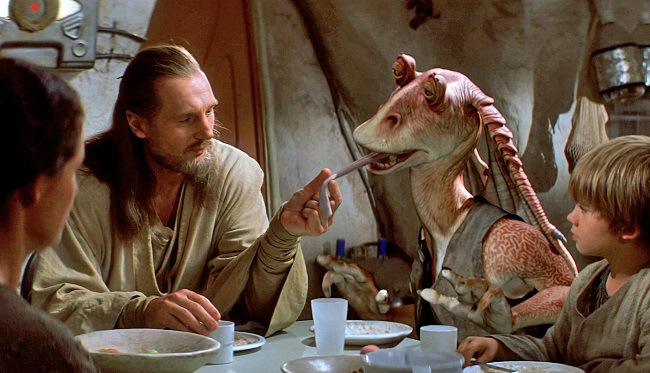
The reason that The Phantom Menace broke the billion-dollar barrier can be condensed to one simple thing: anticipation. Sixteen years after The Return of the Jedi, George Lucas announced that his beloved franchise would be making a return to the big screen. Surely the man who masterminded the original trilogy, who knew Star Wars better than anyone, would be able to pull it out of the bag again and deliver an engaging film about the relationship between Anakin Skywalker and his mentor-to-be Obi Wan Kenobi.
Alas, this was not the case. Star Wars Episode I is a yawn inducing mess of painfully irritating characters, a film that truly let down the legions of fans that were expecting the same buoyant spirit of the original trilogy.
26. Alice In Wonderland (2010)
Worldwide box office: $1.025bn
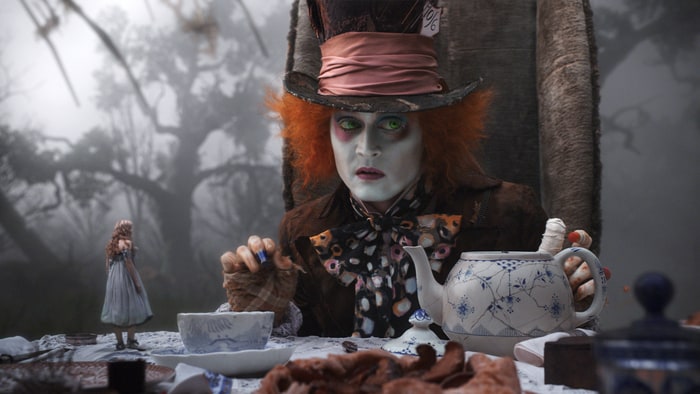
Tim Burton’s imagining of a 19-year-old Alice’s return to Wonderland has many of his trademarks: Johnny Depp and Helena Bonham-Carter, a gothic visual style and a bizarre array of characters.
Much like Burton’s weaker films, Alice in Wonderland is a classic example of style over substance, where so much care and attention has gone into what you see on screen, which makes the film a visual treat that lacks any sense of depth. However Tim Burton can be credited with bringing Mia Wasikowska to the attention of the mainstream cinema audience.
25. Pirates of the Caribbean: On Stranger Tides (2011)
Worldwide box office: $1.045bn
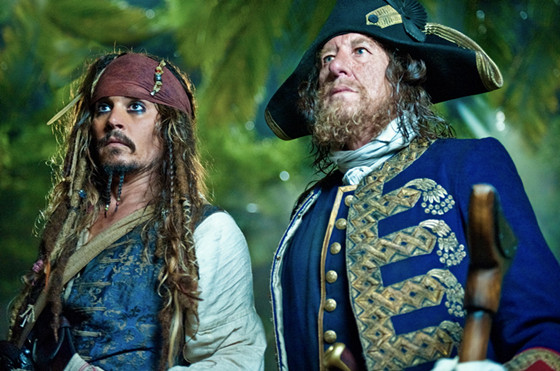
The fourth instalment of the Pirates of the Caribbean franchise ditched the high number of plot strands for a narrative that can be summed up very simply: four groups of people are looking for something.
Despite the fact that this is a film running on fumes- even Hans Zimmer’s score sounds like the previous soundtrack had been copied and pasted- the early opening act in London has a spark of promise (cameos from Judi Dench and Richard Griffiths are well used) and harks back to the silliness and japery of the first film.
However, the second and third acts meander and drag before dumping the audience at an underwhelming climax, while Ian McShane is criminally underused as Captain Jack’s nemesis, Blackbeard.
24. Beauty and the Beast (2017)
Worldwide box office: $1.261bn
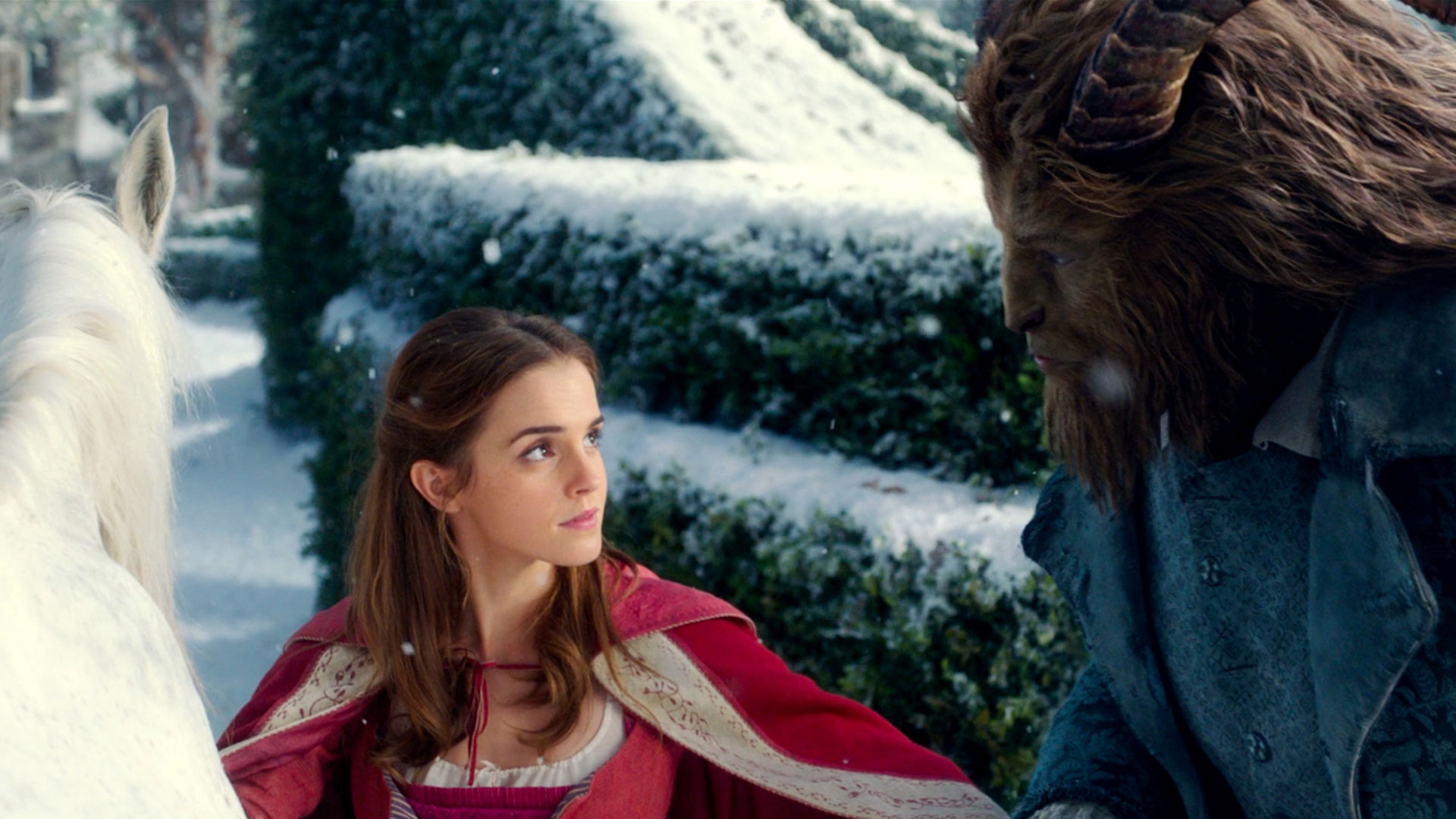
Disney’s live action remake of their beloved 1991 classic places technological advancement ahead of character. Perhaps this was inevitable, although more should have been expected of the film, given the success the studio had with remaking The Jungle Book. Jon Favreau’s film took the technology on offer and used it to create a menagerie of beautiful and layered characters to populate a world that was entirely created on a computer.
Bill Condon’s Beauty and the Beast uses similar digital techniques to add spectacle but very little else. The most commendable feature about the Beast in the film is the voice talents of Dan Stevens, while Emma Watson’s Belle is drowned out by the enchanted ornaments that squabble around her.
Beauty and the Beast also featured the introduction of a gay character and yet Josh Gad’s LeFou becomes merely a prancing sidekick rather than a fully formed character in his own right.
23. Fast and Furious 8 (2017)
Worldwide box office: $1.238bn
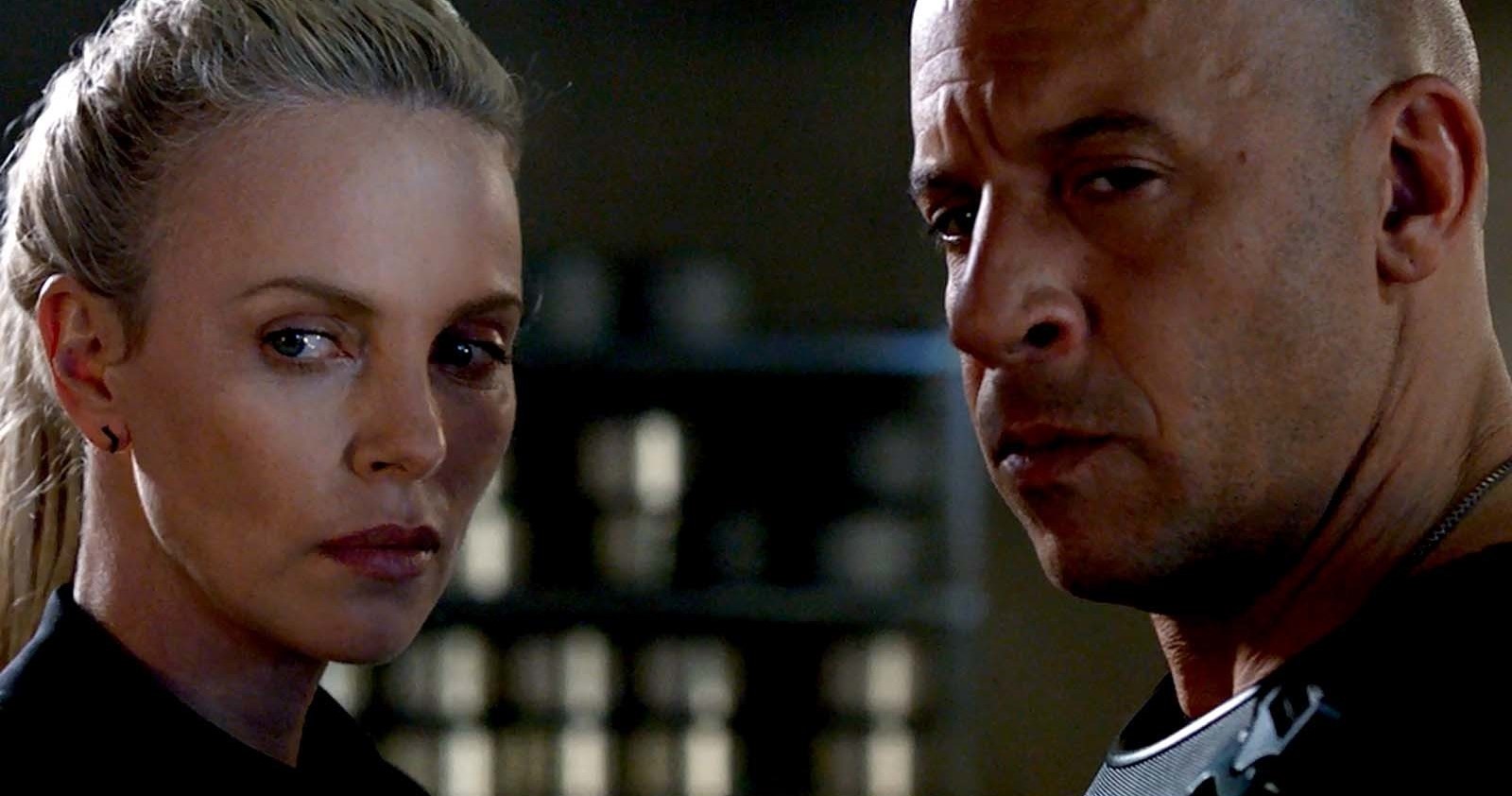
It is extraordinary to think that any film series can run strongly through eight films, and a refreshing of the cast and director certainly helps Fast and Furious 8. While it is the same-old-same-old boys and their toys stunts and mindless hokum, the addition of Helen Mirren and Kurt Russell is undeniably enjoyable and the box office performance shows that there is more than a little fuel left in the tank.
22. Frozen (2013)
Worldwide box office: $1.276bn
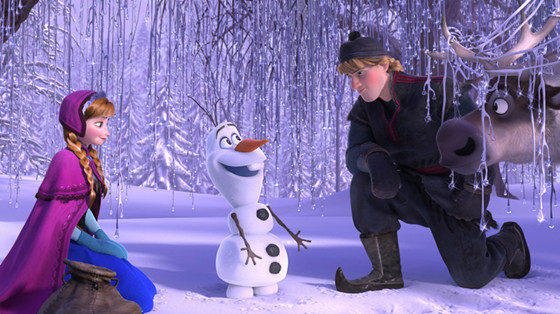
Four short years have passed since the release of Frozen and still the primary recollection of the film is the song “Let it Go”, swiftly followed by a hapless snowman called Olaf. The song itself became somewhat of a cultural phenomenon, and thus impacting upon the strong takings at the box office.
The story pertains to two princesses in a land of eternal winter. Elsa, hiding away to protect her sister Anna, from the magical powers she possesses. Of course, Anna cannot stand for this and embarks on a journey- quirky companions included- to try and find some salvation for Elsa.
21. Jurassic World (2015)
Worldwide box office: $1.671bn
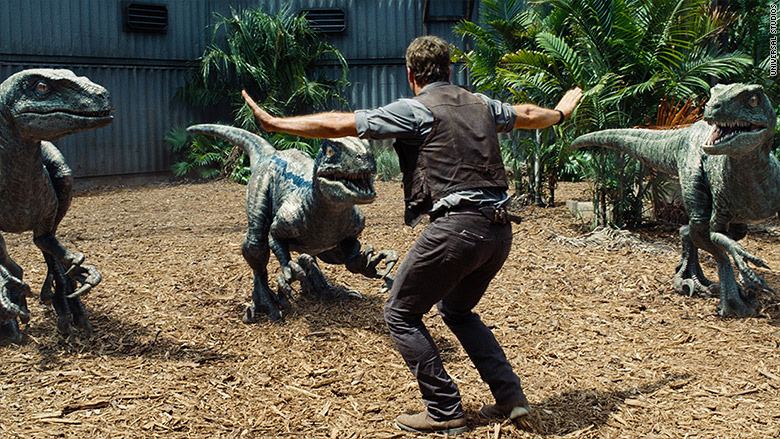
According to director Colin Trevorrow and the writers of Jurassic World, if a woman wearing a business suit needs to be prepared for trekking through a tropical island, all she needs to do is undo the top two buttons of her shirt and she will be ready for whatever creatures and perils are out there in the jungle.
Jurassic World is a film that attempts to match Steven Spielberg’s original in tone while increasing the scale as much as possible, and this pays off with several stunning set pieces, most notably the attack of the pterodactyls on the visitors. While Chris Pratt is a likeably cheeky leading presence in the face of extraordinary danger, the real shame comes from the fact that Bryce Dallas Howard’s Claire suffers from poor writing, resulting in her character being little more than a tedious sidekick.